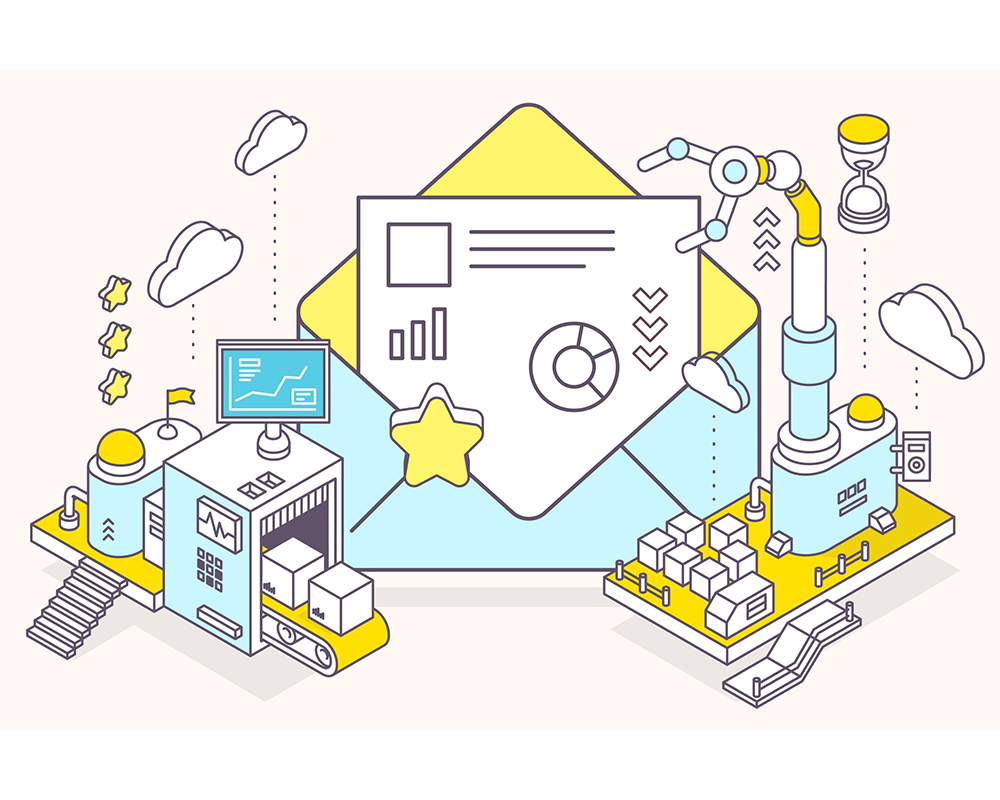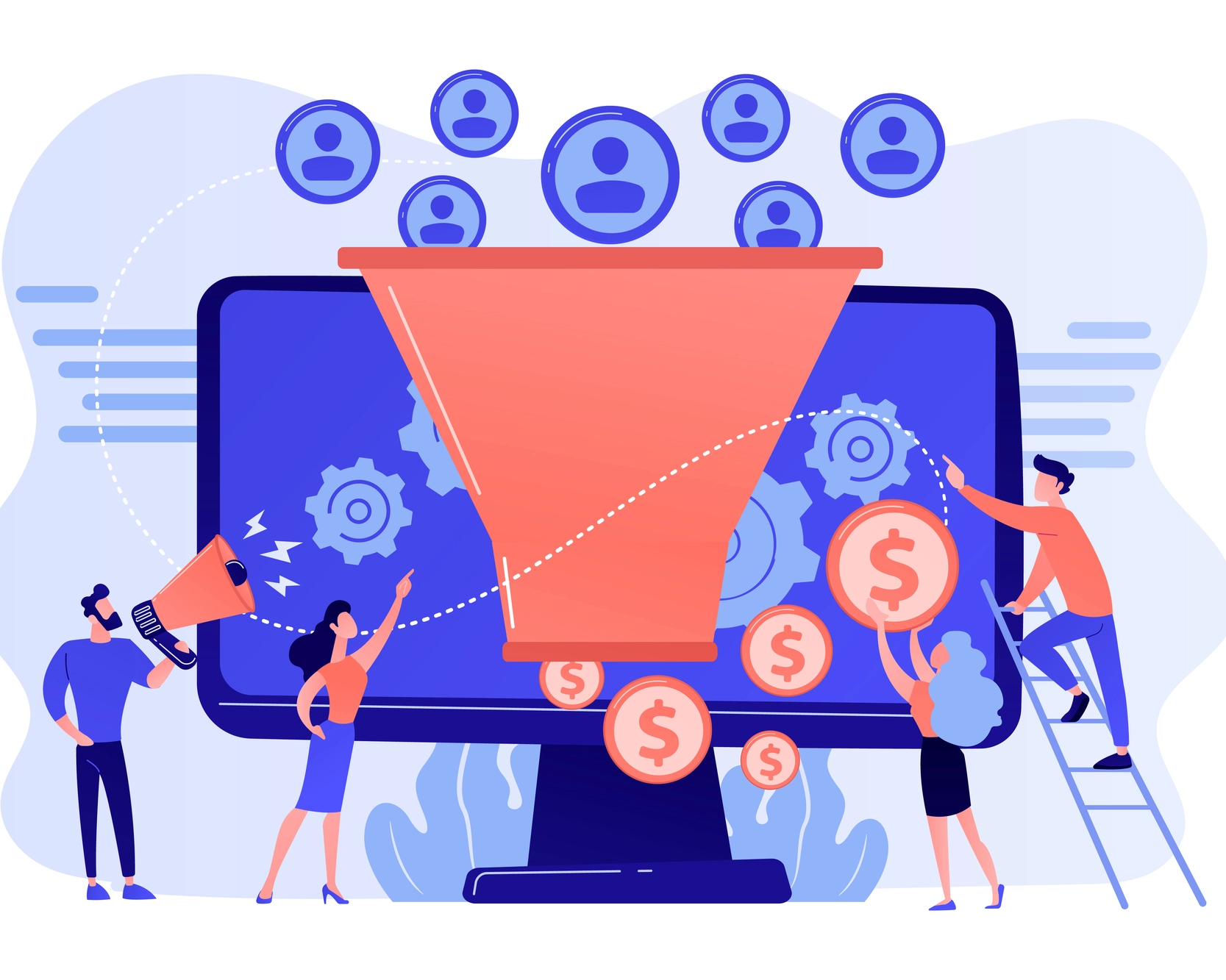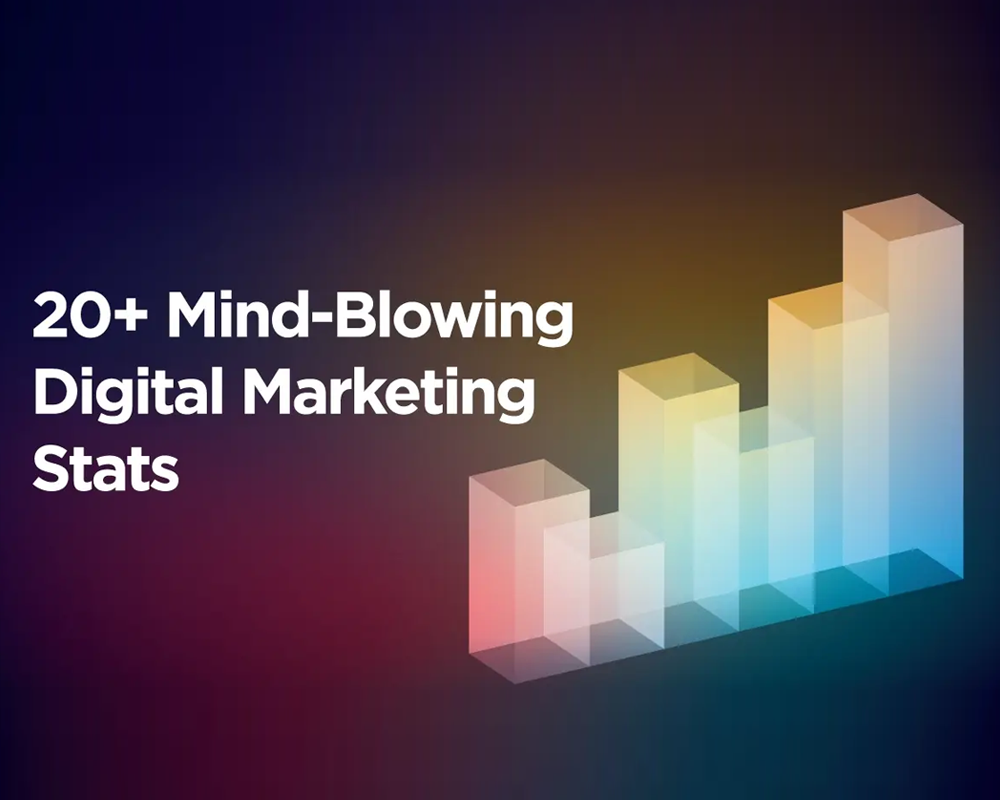
Retention

Personalization

Segmentation
Increase Sales With Email Marketing
We'll update your customers as you update products in your inventory in your physical or online store. We can also send transactional emails like order confirmations, order updates, and notifications for abandoned carts.
These emails are designed to upgrade the products and services your customers are already using and love. We'll show them how they could be using your products and services even better.
- What is email marketing?
-
In simplest terms, email marketing is marketing to your clients through email. Email marketing can be a powerful marketing tool to promote your business’ products or services because it keeps all of your clients aware of what is going on with your business. It easily keeps clients up to date on new products or services you are offering, special deals and promotions, or events and news within your business.
Email marketing is used to keep your clients engaged with your business and a good email marketing strategy can vastly improve your conversion rates. Email marketing is a pivotal tool for telling your audience about your business.
- How do you use email marketing?
-
Email marketing is used in a variety of ways. It can be used to promote special offers or discounts, keep clients engaged through newsletters, or offer calls to action to improve your conversion rates. It’s a great tool for those customers who are interested but who haven’t taken that final step in converting to a buyer.
Drip campaigns are a common strategy in email marketing, and they are used as a series of emails that go out to your clients after either a certain action is taken on your website, or even just after a certain amount of time has elapsed. Drip campaigns can also be a great tool if your business offers courses or multi-step services because they can keep customers up to date throughout every step of the process.
Email marketing can also be a great tool to see where your customers are or are not converting, as they can be used an an analysis tool to develop your overall marketing strategies.
- What are the benefits of email marketing?
-
There are many benefits of email marketing. It is beneficial for staying engaged with your customers, and it can help you easily promote your products and services. It can also be a great analytics tool since it can help you see where your customers are making conversions.
Even if customers aren’t ready to convert yet, it is a beneficial tool to keep your business at the forefront of client’s minds when they finally become ready to make a conversion.
- Which email marketing platform should I use?
-
There are a ton of great options out there for email platforms. While most require a paid plan for advanced features, there are many that also often have a free plan as a startup option. Email platforms like HubSpot, SendinBlue, MailChimp, Constant Contact, GetResponse, ActiveCampaign, AWeber, and Mailerlite have easy-to-use drag-and-drop builders, email templates, and pre-made email designs.
They also offer features like list management, audience segmentation, email automation tools, automation workflows, and other email marketing features. Some of these options like HubSpot and MailChimp even offer a landing page builder that you can use to create landing pages with and direct your emails to.
There are a few options out there that allow you to have unlimited contacts and send unlimited emails. However, most will require a subscription to the email service provider. Pricing for each email marketing tool will vary.
- How many emails a month should I send?
-
This will depend on your business and your current marketing efforts, although a general rule to follow is at least once per month, if not once per week.
Small businesses with less than 2,000 contacts should send one to two emails per week, but larger corporations may need to send out more to keep up with their larger contact list.
Even if a customer is not ready to convert yet, sending frequent emails is a great email practice to have to remind them that your business still exists. That way when they are ready to convert, you will be the first one to pop into their mind.
- How do I build an email list?
-
Building an email list takes time and patience. The simplest way you can start to build your email list is by asking your customers to subscribe to it. You can let your clients know through social media, on your website, and through word of mouth that you have an email list they can subscribe to.
Make sure your website and social media promotions have clear calls to action to sign up for your email list. Calling potential customers to action is a guaranteed way to get more sign-ups rather than treating it more passively.
You can also utilize a/b testing on your marketing channels (like Facebook Ads, Google Ads, and Instagram Ads) to see which version of your marketing efforts is creating the most signups for your email lists.
- Can I sort my customers into specific lists?
-
Yes. You can separate your clients into many different kinds of lists with customer segmentation including:
-
Subscription type
-
Location
-
Email marketing contacts
-
Dates of service
-
Leads and Conversions
These are just a few examples, but we can fully customize your lists to fit your business needs. There are also automation features we can set up to automatically sort customers into different lists for you.
-
- What kind of content can be included in an email?
-
Pretty much any kind of content your business has can be included in email content. Common types of content we include in emails are images, videos, text, and calls to action.
Emails are meant to share information about your business, so including a wide variety of content in your emails is a good strategy to use. As a business owner, you should be sharing email content from all aspects of your website including your webinars, new blogs from your bloggers, newsletters with news and events, and content related to your products and services.
These don’t always have to be emails that you sit and write every week. You can also use automated emails to share information from your e-commerce platforms (like Shopify), offer email support, and help customers along their customer journey.
- What is the best email marketing services app?
-
There are many free and paid tools available to use for email marketing. Which tool you use depends on how large your customer base is, your goals for using email marketing, and the functionality you are looking for.
While some email marketing solutions will use a drag-and-drop email editor, some still may require some HTML and CSS knowledge. Some platforms will be more user-friendly than others and some will be less intuitive and may require a learning curve.
We highly recommend HubSpot as an all-in-one suite and one the the best email marketing software because HubSpot offers many integrations, personalizations, a drag-and-drop editor, signup forms, and automations to simplify the marketing process even if you’re a beginner. You can start on HubSpot for free, contact us to find out how to get started.
- What from address should I use?
-
Unless you want your own inbox flooded, it's a good idea to have an email address that is made for receiving and sending emails from your clients.
A general email address such as info@yourbusiness.com, hello@yourbusiness.com, or even something like marketing@yourbusiness.com will help keep your emails from going to spam inboxes and keep your emails organized when you receive replies.
- Can I personalize my emails to clients?
-
Yes! We can include many kinds of personalization options in your emails. The most common type of personalization we do is adding your client's name to the email subject or opening line.
For example, instead of your subject or opening line reading: "Hello! We want to tell you about this great offer!"
It can read: "Hello, [Client's Name]! We want to tell you about this great offer!"
If you use HubSpot, we can include things like sales information, ticket information, subscription information, and more!
- What is a drag-and-drop email builder?
-
A drag-and-drop email builder is an easy-to-use tool that lets you drag and drop different modules to easily build emails. These types of builders often contain modules for text, images, buttons, videos, and more.
To use a drag-and-drop editor, all you have to do is click the content you want to put into your email and drag it onto the email base. You can then click and drag each module you’ve added to arrange it in any way that you’d like.
- Why are email popups bad for your website?
-
While email popups have been known to work for building an email list, having popups on your website can seriously damage your SEO and your user experience (UX) rating on search engines.
Since popups are seen as annoying to the average user and distracting, they are often flagged when search engines rate your website for having a good user experience.





